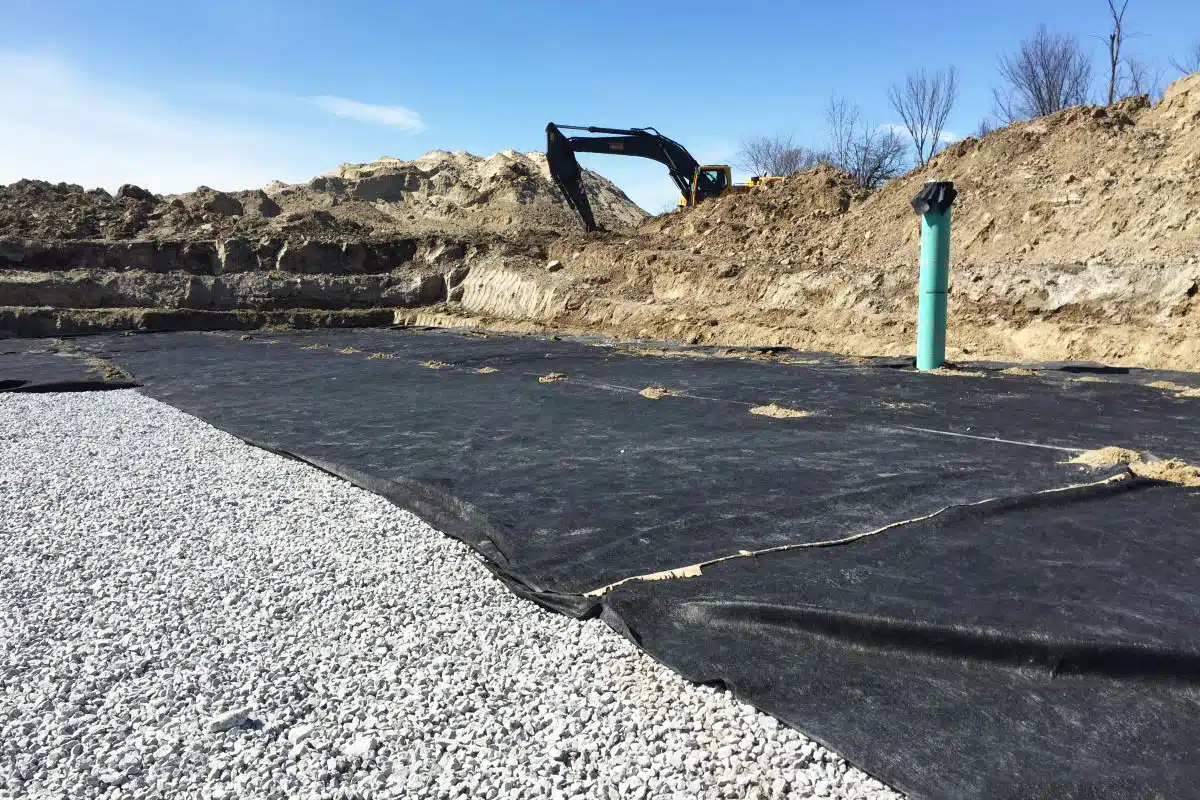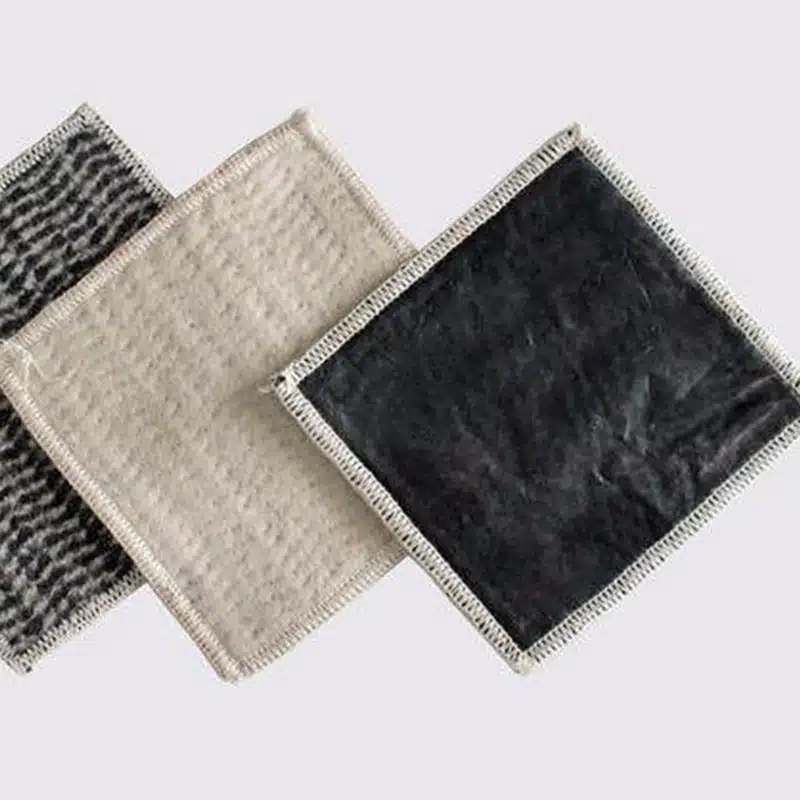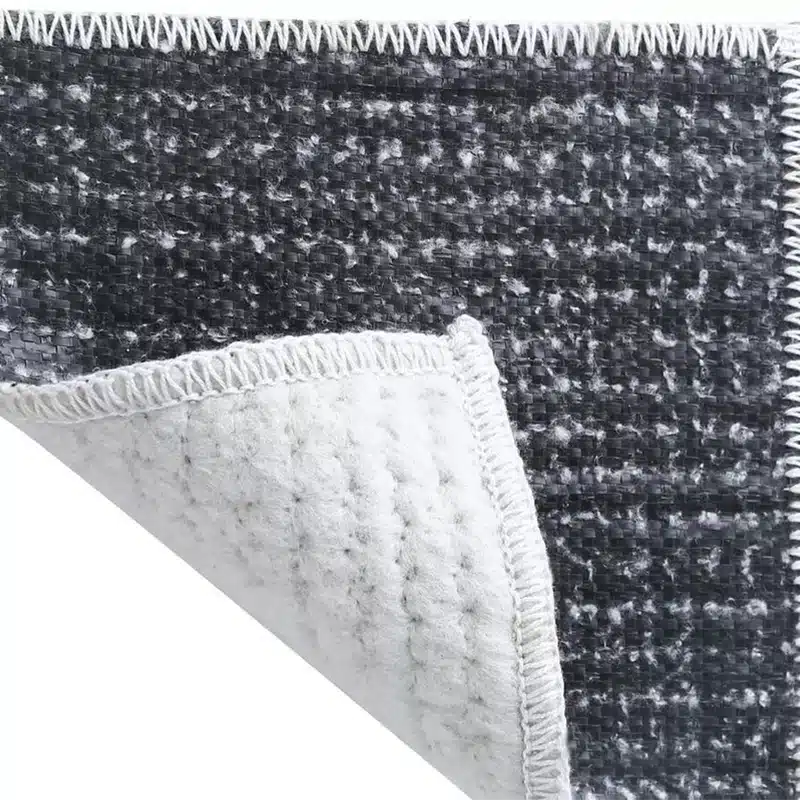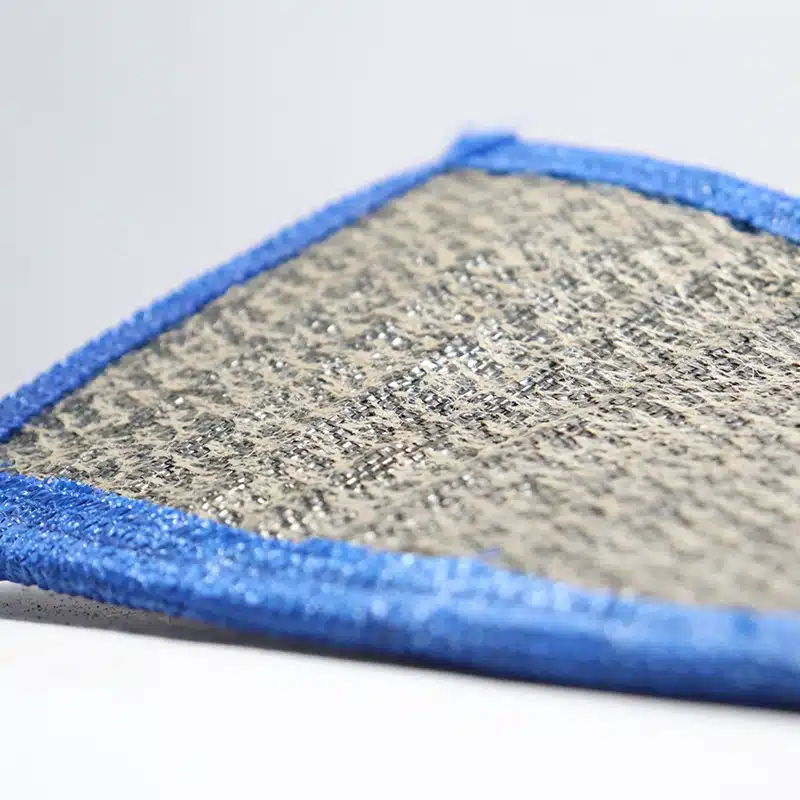+86-159 9860 6917
info@geofantex.com
geofantex@gmail.com
+86-400-8266163-44899
Landfills are an essential component of modern waste management systems, yet they pose significant environmental challenges. Innovations in landfill technology, particularly through the use of geosynthetics, have revolutionized the way we manage and mitigate the impacts of waste disposal. This article delves into the role of landfill geosynthetics, exploring their benefits, applications, and the latest advancements in the field.
What are landfill geosynthetics and why are they important?
Landfill geosynthetics are synthetic materials used in the engineering of landfills to enhance their stability, protect the environment, and efficiently manage waste materials. These materials include geomembranes, geotextiles, geonets, geocomposites, and geogrids, each serving specific functions such as containment, filtration, drainage, and reinforcement. The importance of landfill geosynthetics lies in their ability to prevent leachate and methane migration into the surrounding environment, thereby reducing pollution and increasing landfill efficiency.

How do landfill geosynthetics enhance environmental protection?
Landfill geosynthetics play a crucial role in environmental protection by containing harmful substances and facilitating proper waste management. Geomembranes, for example, are impermeable liners that prevent leachate—a toxic liquid that seeps out of waste—from contaminating groundwater. Geotextiles act as filters, separating fines and allowing for the safe passage of gases and fluids. By incorporating these materials, landfills can prevent the spread of pollutants and reduce their ecological footprint.
What are the latest advancements in landfill geosynthetic technology?
Recent advancements in landfill geosynthetics focus on durability, sustainability, and efficiency. New materials have been developed that are more resistant to chemical and physical degradation. Innovations such as GPS-equipped geosynthetic layers allow for real-time monitoring of landfill conditions, improving maintenance and management. Additionally, the integration of recycled materials into geosynthetic production reflects a shift towards more sustainable waste management solutions.
What challenges do landfill geosynthetics face and how are they being addressed?
Despite their benefits, landfill geosynthetics face challenges such as long-term durability, potential damage during installation, and environmental impact of the synthetic materials themselves. To address these issues, research is focused on developing more robust materials that can withstand harsh landfill environments. Improved installation techniques and training for workers are also being implemented to reduce the risk of damage. Furthermore, efforts to create biodegradable geosynthetics are gaining traction, aiming to reduce the environmental impact once they are no longer in use.
Landfill geosynthetics represent a vital technological advancement in waste management that enhances the functionality and environmental safety of landfills. As we continue to face global waste management challenges, these materials offer effective solutions to manage waste more sustainably while protecting ecosystems. With ongoing research and technological improvements, the future of landfill geosynthetics looks promising, paving the way for more innovative and eco-friendly waste disposal methods.



Get Free Sample
We’ll respond as soon as possible(within 12 hours)






















